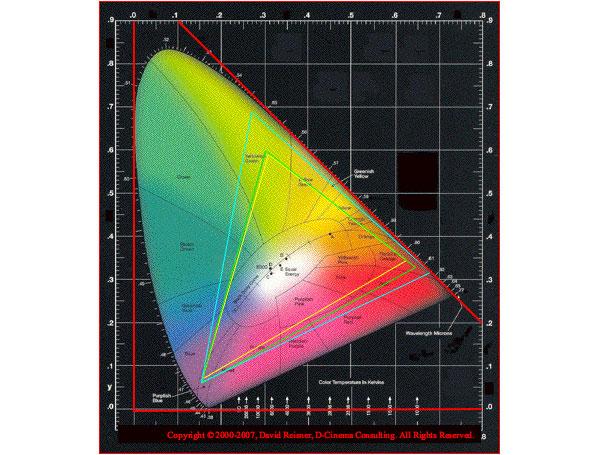Dynamic Contrast, 7.1 Demo, Balanced Audio

Would you calibrate a TV with or without the dynamic-contrast system turned on? Do movie theaters calibrate their projectors?
Robert Bishop
I always set up and calibrate TVs and projectors with dynamic contrast turned off, because I prefer to watch real-world content without that feature, which can be distracting as it raises and lowers the white and/or black levels. On the other hand, Tom Norton generally prefers to watch with dynamic contrast turned on, so he sets up and calibrates with that feature engaged. Philosophically, it's better to calibrate a display with dynamic contrast set the same as it will be when watching real-world material.
I asked Bob Williams, chief product architect for Runco, about this, and he says it's always better to set contrast (white level) and calibrate the grayscale with dynamic contrast off, though it usually doesn't matter if it's on or off when setting brightness (black level). Dynamic contrast typically compresses the high end of the brightness range, so you won't see the difference between, say, 98 and 100 percent white if it's on. Also, engaging dynamic contrast affects gamma measurements, which are related to grayscale calibration, so in his view, it's better to calibrate with dynamic contrast off.
All good theaters calibrate their projectors with a peak light level of 16 foot-lamberts coming off the screen for film or 14fL for digital projection and a color temperature of 5400K for film or 6300K for digital. The white points for film and digital projection are also differentin fact, according to digital-cinema consultant David Reisner, the white point for digital is actually a small range of whites that can be selected for each movie.
Another important factor is the color gamut, which depends on the film stock and other factors in a film projector; in a digital-cinema projector, the gamut is well-defined and the projector should reproduce it accurately. In the CIE diagram above, the blue triangle represents the digital-cinema color gamut, the green triangle is the Rec.709 (HDTV) gamut, and the yellow triangle is the Rec.601 (SDTV) gamut.
Show Off Your Stuff
I am looking for the best movie to use for a 7.1 demo.
Charlie Mulgrew
There are very few Blu-rays with native 7.1 soundtracksthat is, soundtracks that were created with 7.1 channels of audio from the get-go. Toy Story 3 was the first, and Megamind also has a native 7.1 soundtrack. On most other titles that claim to have a 7.1 soundtrack, the back-surround channels were artificially derived from the side-surround channels, so they don't really count in my book. Both Toy Story 3 and Megamind provide excellent demos of native 7.1.
Balancing Act
I notice that some amps like those from Krell and Bryston have both balanced and unbalanced inputs, while most other amps just have only unbalanced RCA connections. Is the difference significant? What are the advantages of having a choice?
Brednard Scarlett
The difference between balanced and unbalanced connections is significant, especially if the cable lengths are anything more than a few feet. Unbalanced connections use RCA plugs and two conductorsone for the audio signal and the other for ground. If any noise or interference from external electromagnetic fields is induced in the cable, it is carried along with the signal to the amp; this is more likely to occur in longer cables.
Balanced connections use XLR plugs and three conductorstwo for the signal and one for ground. The same audio signal is carried by both signal conductors, but in one of them, it is flipped 180 degrees out of phase with respect to the other. When the signals get to the amp, they are put back in phase. Any induced noise or interference is in phase on both conductors in the cable, so when the phase of one is flipped in the amp, the interference signals become out of phase and are thus cancelled out while the audio signal is maintained.
The only real advantage of having a choice is that it allows the amp to work with equipment that has either type of connection. Balanced connections are best if all of your equipment has them, but few consumer systems are entirely balanced, so having the option of using an unbalanced connection if necessary is a good thing.
If you have a home-theater question, please send it to scott.wilkinson@sorc.com.




























































